
Rani Sati Temple
Rani Sati Temple otherwise called second Jhun-Jhun Dham of India is arranged at Birmitrapur, around 35kms from Rourkela. Sprawl over a zone of 2 sections of land of land, Rani Sati Temple, built before 1967 was along these lines redesigned in the years 1992 and 2000. Notwithstanding the day by day customs, on promising days like Bhado Amavasya or the no-moon day, extraordinary pujas are offered here. Consistently suppers are dispersed here on installment premise. There are two delightful bloom plants in the sanctuary perplexing and one of them is decorated with a charming statue of Lord Shiva. Rani Sati sanctuary stays open on all days from 5am to 12pm toward the beginning of the day and from 4pm to 9pm at night.
A special Pujanutsav (festival of prayers) is held on the occasion of Bhado Amavasya (no moon day). This day the temple is crowded with devotees in huge number. People from all over the country visit this place to offer their puja (prayers) to Goddess Rani Sati Devi. The most remarkable feature of this famous temple is that it does not hold any painting or statue of either female or male gods. Instead a trident depicting power and force is worshipped religiously by the followers. However one can surely find a beautiful portrait of Rani Sati Devi in the pradhan mand. The temple consists of colorful wall paintings and is structured with white marbles.
In the complex of Rani Sati temple there is also Hanuman Temple, Sita Temple, Ganesha Temple and Lord Shiva Temple. The regular ‘prasad’ distribution takes place after every ‘aarti’. There are also arrangements made for the meals in day time on payment basis. The temple is situated within city limit of Jhunjhunu. It is beautiful and intricately crafted, not to forget the golden pot at the top of the temple.
History of Rani Sati Temple
It is the firm belief of Marwaris from Rajasthan that Rani Sati is an avatar of Maa Durga. The Marwari society of Rajasthan as well as from all other part of the country worship Rani Sati dadi daily in their houses.
The history of Rani Sati starts from the time of Mahabharata. It is believed that Rani Sati was Utera, wife of Abhimanyu (son of Arjun). When Abhimanyu was killed in the battlefield, Utera decided to be Sati along with Abhimanyu’s funeral. However amidst all this Lord Krishna came to her rescue and pursued her against her decision. He also granted her wish of being married to Abhimanyu and her desire to be sati in her next life.
As granted by Lord Krishna, in her next life she was born as the daughter of Gursamal in the village of Thukaye in Rajasthan. She was named – Narayani. Abhimanyu took birth in Hissar as son of Jaliram and named – Thandhan. Thandan and Narayani got married and were leading a peaceful life. He was in possession of a beautiful horse which was being eyed by the son of king of Hissar from quite some time. Thandan refused to hand over his precious horse to the king’s son. The king’s son then decides to forcefully acquire the horse and thus challenges Thandan for a combat. However Thandan fights the battle bravely and kills the King’s son instead. The enraged king thus kills Thandan in front of Narayani in the battle. Narayani symbolic to female bravery and power fights with the king and kills him. She then commanded Ranaji (the caretaker of the horse) to make immediate arrangements for her to be set a blazed along with her husband’s cremation.
Ranaji playing a vital role in fulfilling her wish to be sati with her husband is then blessed by Narayani that his name will be taken and worshiped along with her name and since then she is known as Rani Sati.
Religious Sites in Rajasthan
-
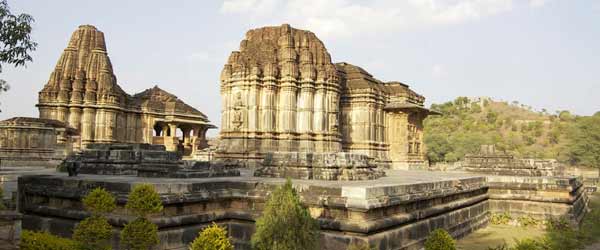
Eklingji Temple
-
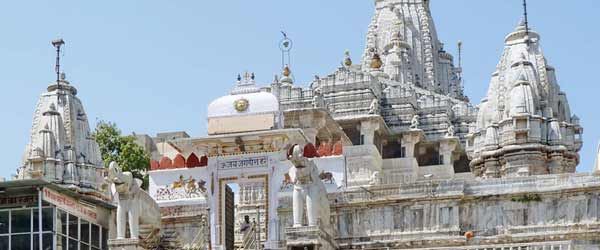
Jagdish Temple
-

Salasar Balaji Temple
-
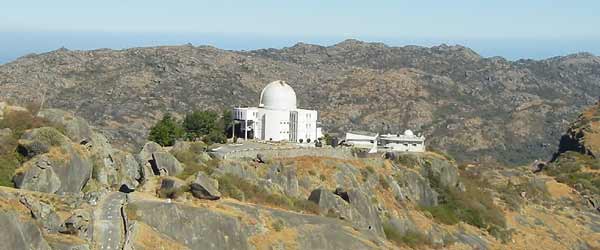
Guru Shikhar
-
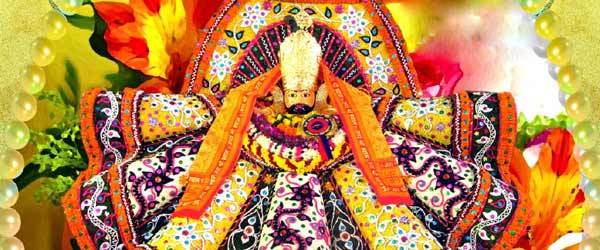
Khatu Shyamji Temple
-
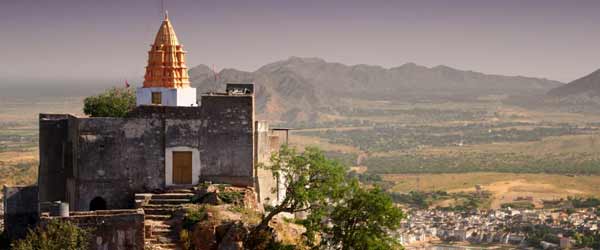
Savitri Temple
-
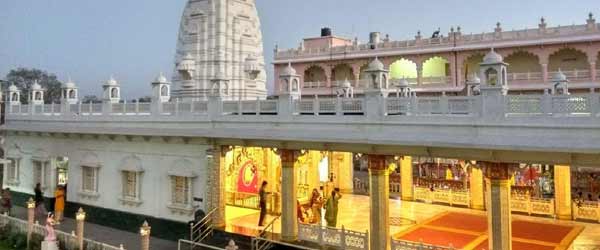
Rani Sati Temple
-
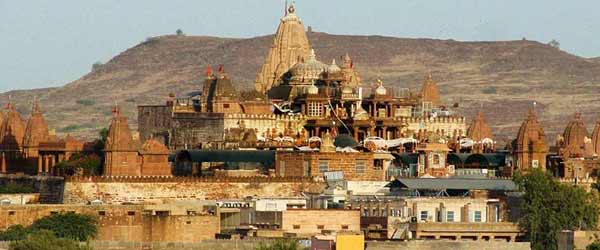
Sachiya Mata Temple
-
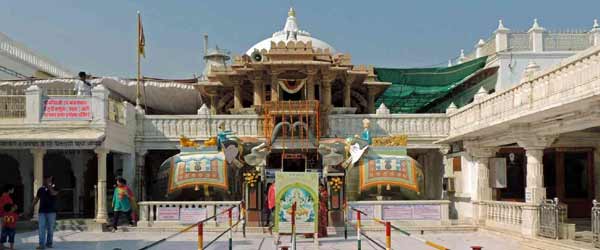
Shri Nakoda Jain Temple
-
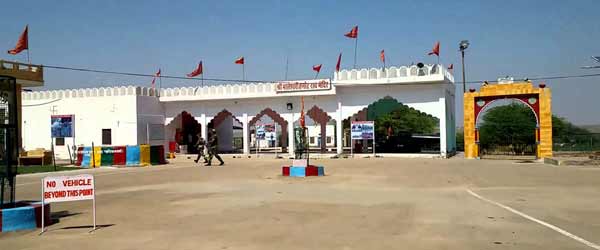
Tanot Mata Temple
-
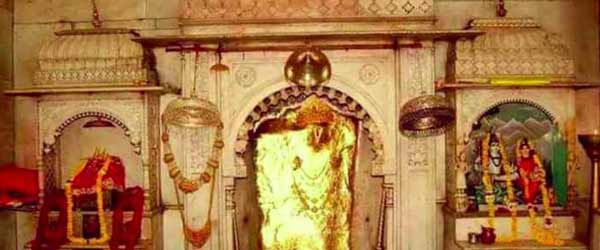
Mehandipur Balaji Temple
-
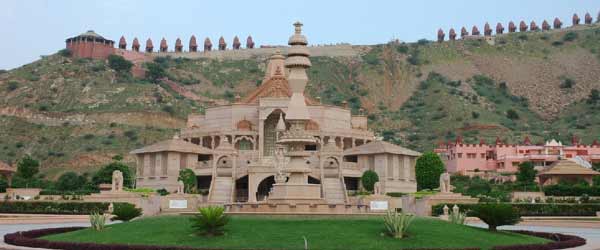
Nareli Jain Temple
-

Shri Mahavirji Jain Temple
-
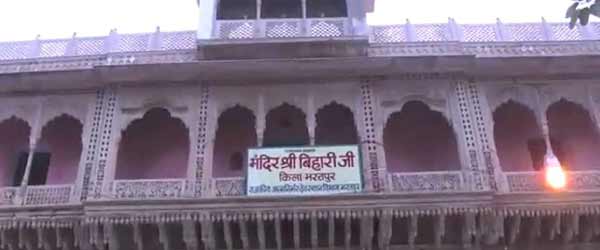
Banke Bihari Temple
-
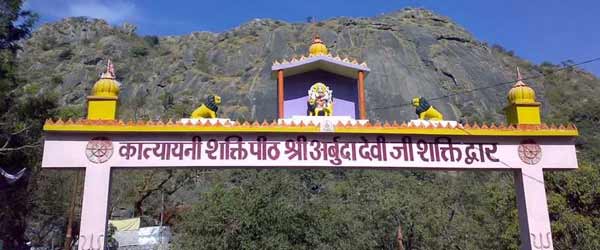
Adhar Devi Temple
-
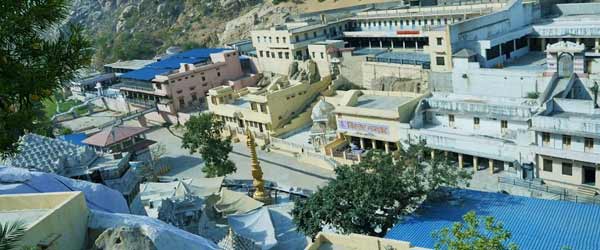
Sundha Mata Temple
-
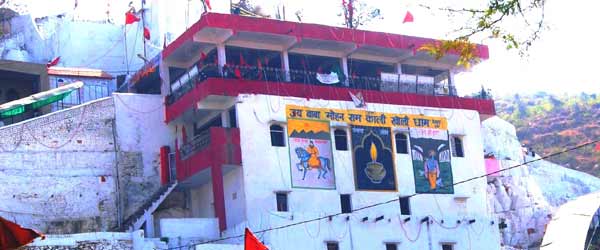
Baba Mohan Ram Temple
-
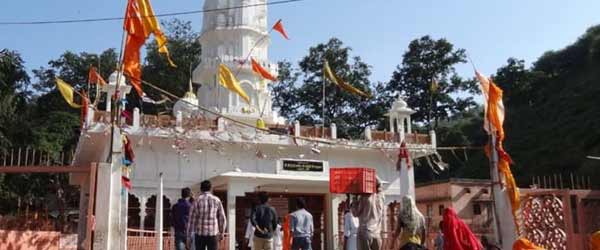
Bhartrihari Temple Alwar
-
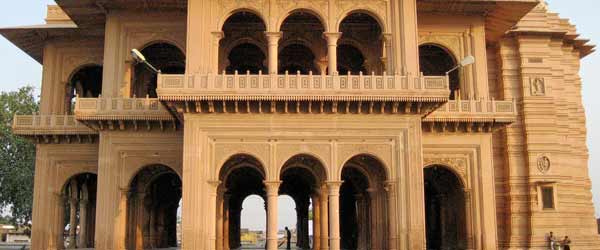
Laxman Mandir Bharatpur
-
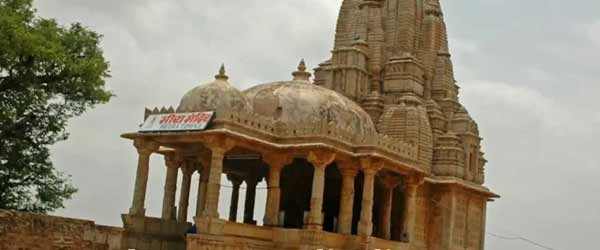
Meera Bai Temple
-
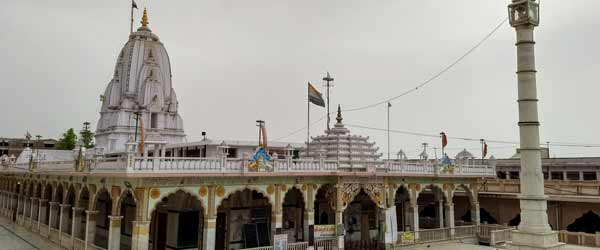
Tijara Jain Temple Alwar
-
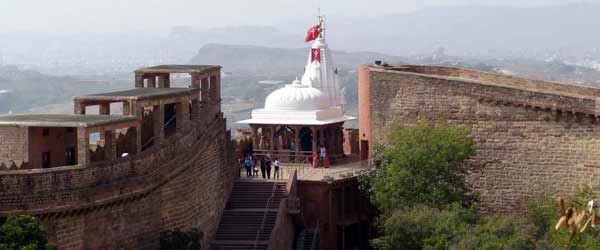
Chamunda Mataji Temple
-
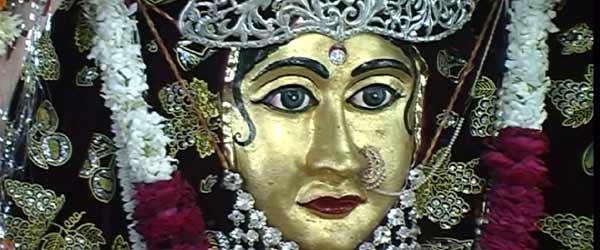
Santoshi Mata Temple
-
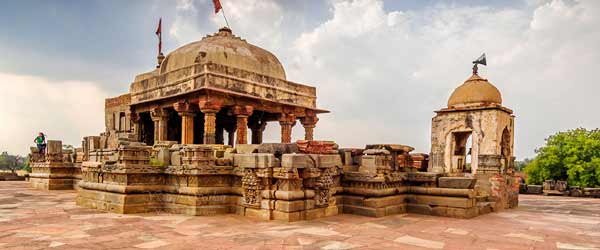
Harshat Mata Temple
-
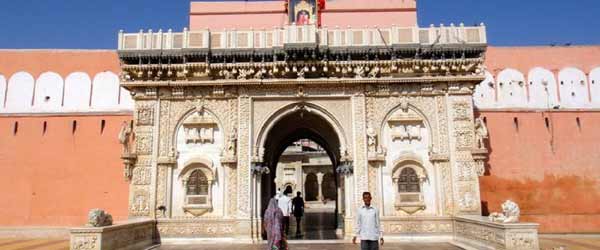
Karni Mata Temple
-
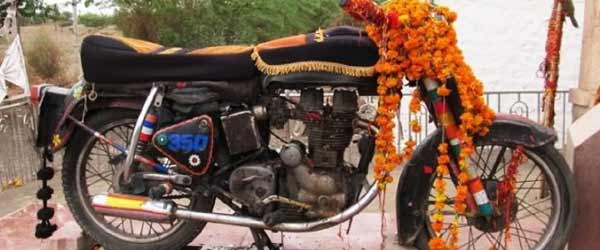
Bullet Baba Temple
-
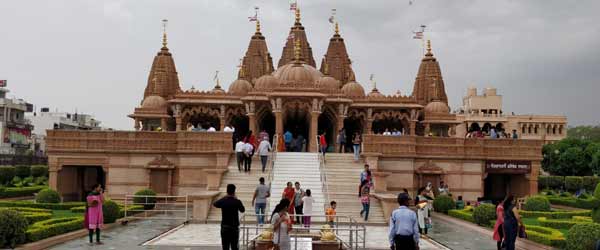
Akshardham Temple Jaipur
-
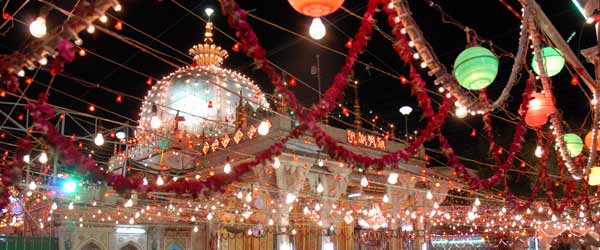
Ajmer Sharif dargah
-
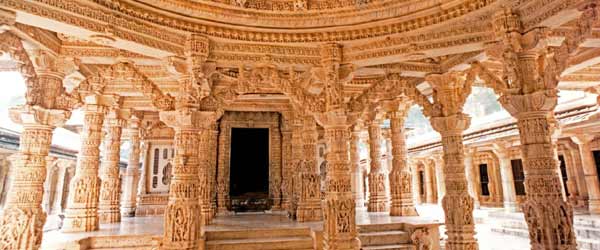
Dilwara Temple
-
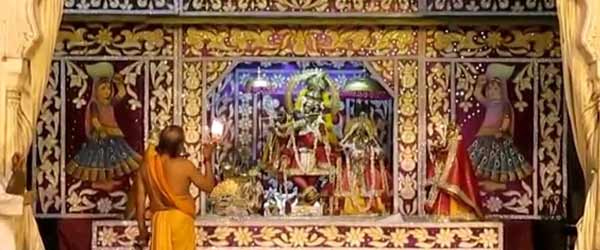
Govind Devji Temple
-
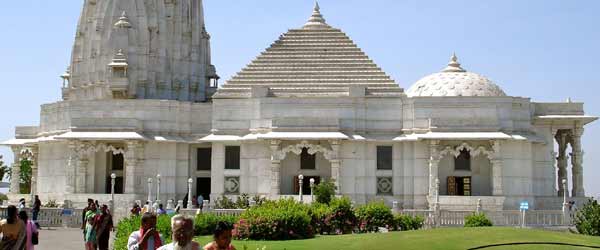
Birla Mandir
-
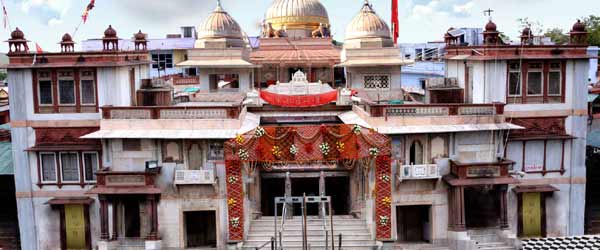
Kaila Devi
-
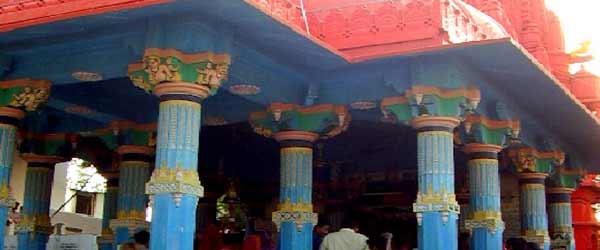
Brahma Temple
-

Ranakpur Jain Temple
-
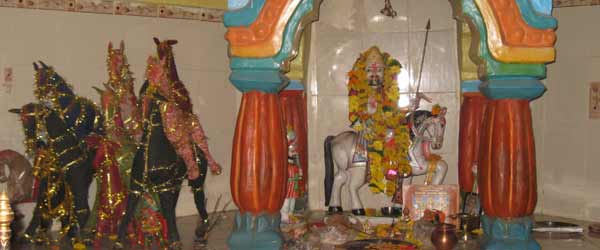
Sri Ramdevji Temple
-

Deshnok Temple
-
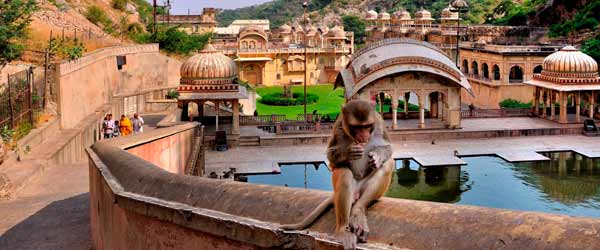
Galtaji Temple
-
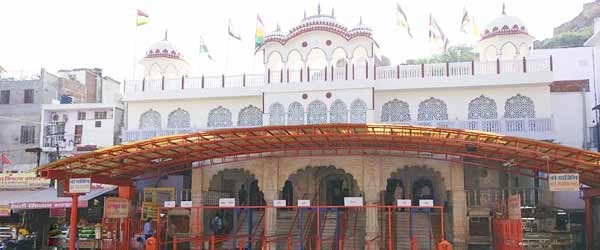
Moti Doongri Temple
-
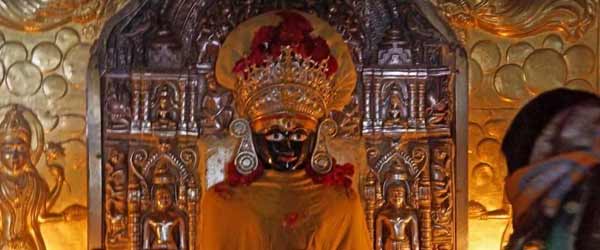
Parshvanath Temple Nakoda
-
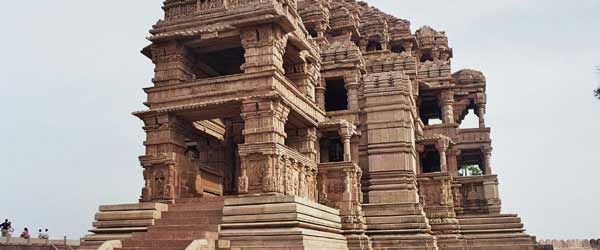
Sahastra Bahu Temple
-
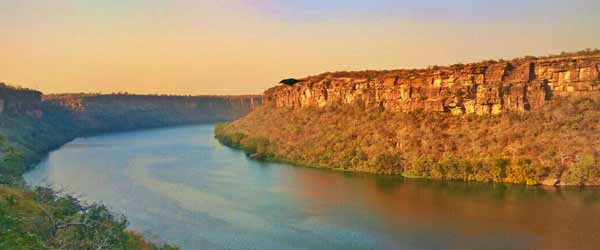
Garadia Mahadev Temple
-
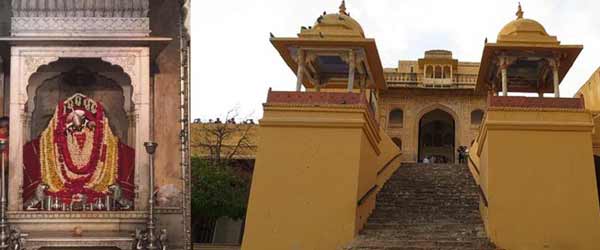
Shila Devi Temple, Jaipur
-
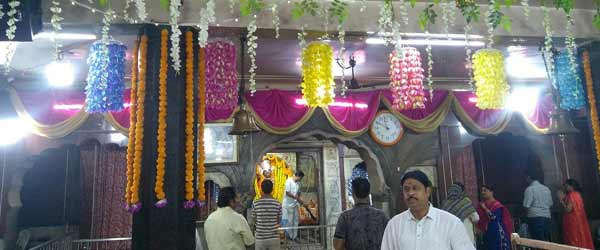
Kale Hanuman Ji Temple
-
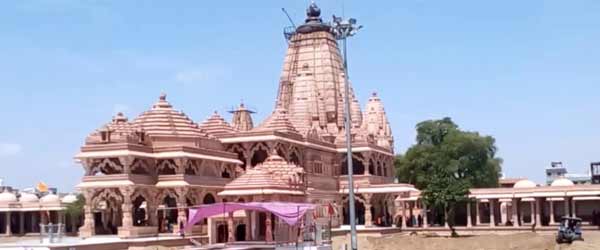
Sanwaliya Seth Temple
-
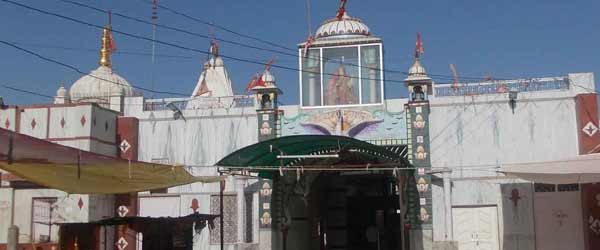
Brahmani Mata Temple
-
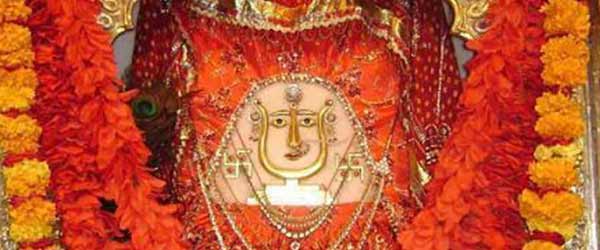
Jeen Mata temple
-
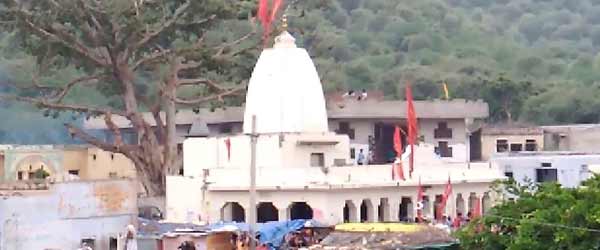
Narayani Mata Temple
-
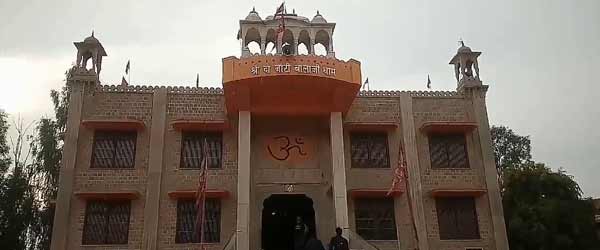
Shri Do Janti Balaji Dham
-
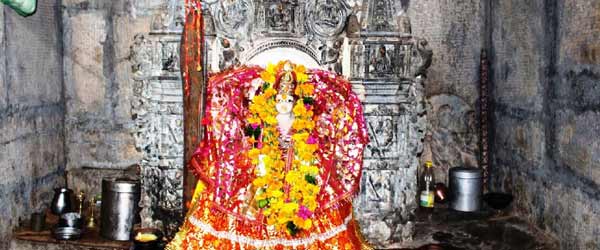
Ambika Mata Temple
-
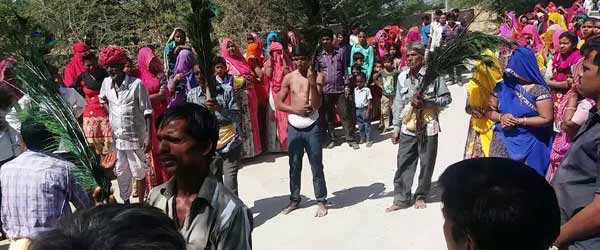
Avari Mata Temple
-
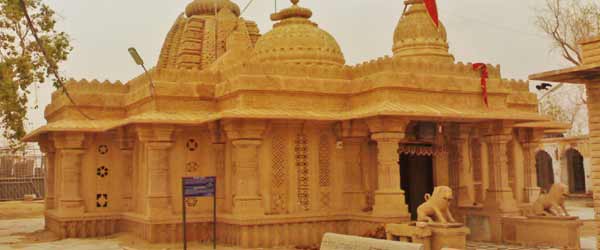
Dadhimati Mata Temple
-
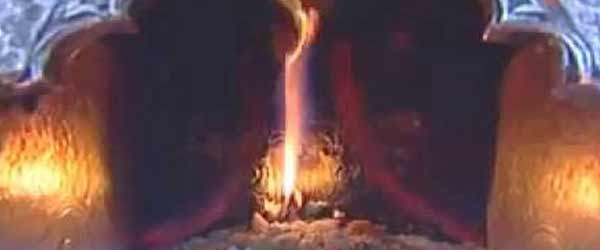
Jajwala Mata Temple
-
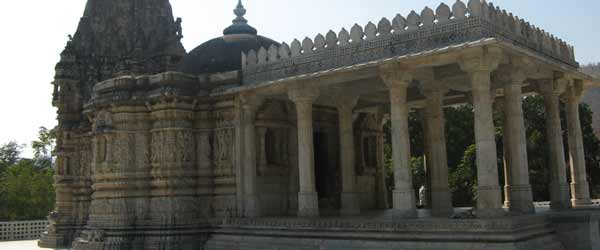
Surya Narayan Temple
-
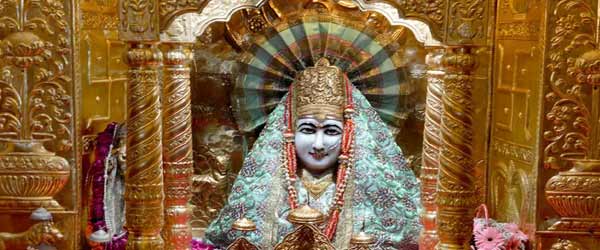
Mansa Mata Mandir
-
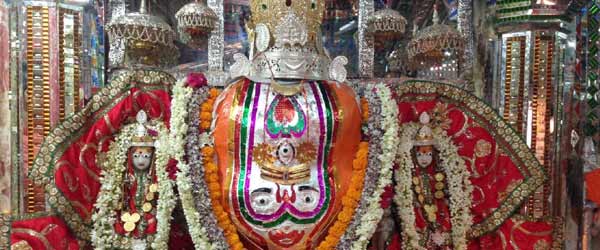
Trinetra Ganesh Temple
-
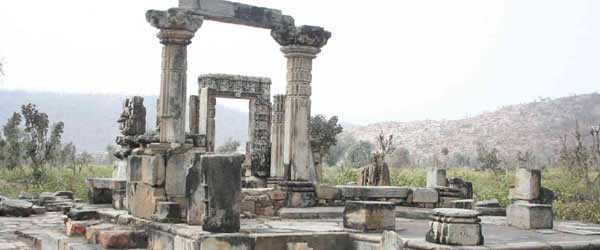
Neelkanth Temple, Alwar
-
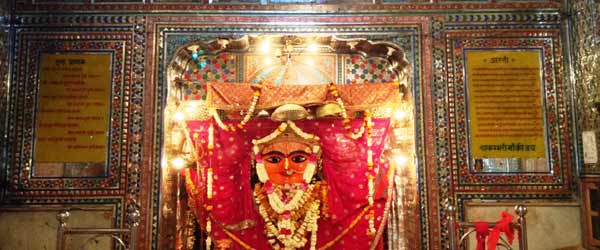
Shakambari Mata Mandir
-
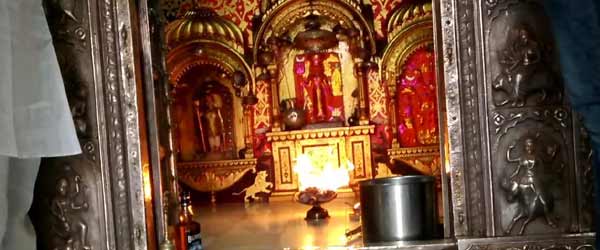
khurad mataji mandir
-
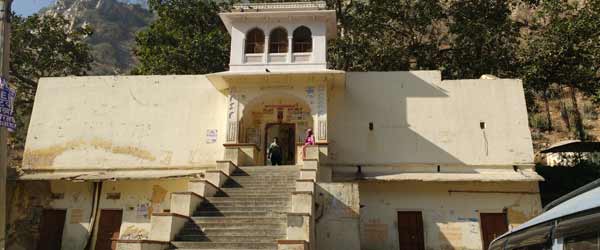
Jamway Mata Temple
-
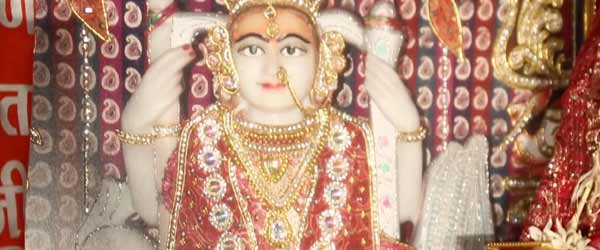
Ban Mata Temple
-
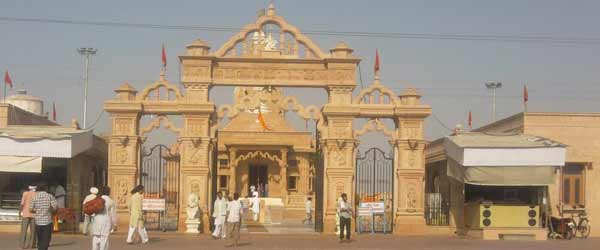
Ichchha Puran Balaji Mandir
-
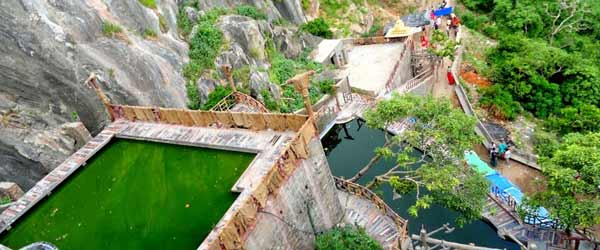
Parshuram Mahadev Temple
-
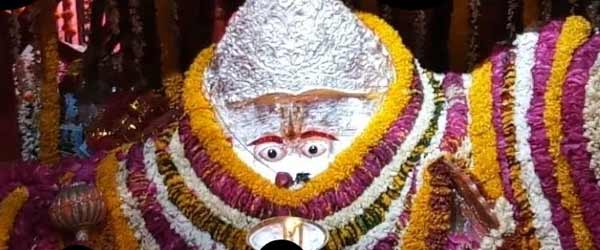
Pandupol Hanuman Ji Mandir
-
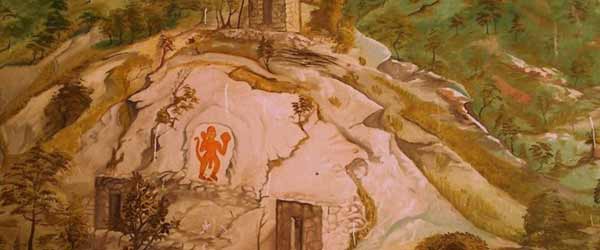
Khole Ke Hanuman JI Temple
 +91 9549279999
+91 9549279999 
